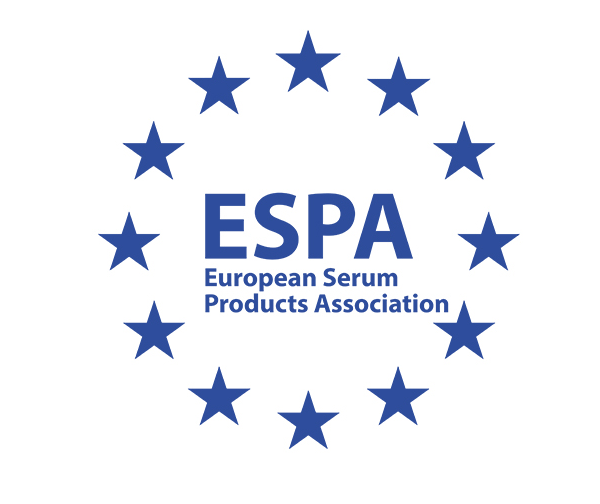Animal Welfare
The OIE’s guidelines for animal welfare are respected in the countries where the FBS is collected.
ESPA supports the mission statement of the 3Rs Centre to stimulate the development, acceptance and implementation of methods which can Replace, Reduce and Refine (the 3Rs) animal experiments.1
Cell culture is the perfect instrument to comply with this. Animal serum is the essential fuel to grow cells for research and production of life saving technologies. ESPA defends a 4R position to include the Responsibility that, as long as the killing of animals is needed to feed the world, humans have the ethical obligation to efficiently use and recycle every piece and drop of the animal to the benefit of human and animal welfare.2
The slaughtering of pregnant animals is, in most cases, an unplanned event. The frequency depends on farming techniques. In most cases, the condition of gestation is unknown; especially where animals are produced naturally; in the case of cattle moving freely around, grass fed, heifers and bulls together. No cows are killed with the main purpose of harvesting the fetal blood. The blood is collected as a by-product from cattle slaughter operations for bovine meat. The pregnancy condition is unknown when an animal enters the slaughtering line.
The percentage of pregnant cows going to slaughter is very low and decreasing year by year as cattle farming techniques constantly improve. The collection of the blood is done without causing pain to the fetus. The fetus’s life ends through oxygen depletion, generally agreed to be a gentle method of life termination. Cell culture technology can reduce the use of live animals in science. Research is also being done to produce meat by cell culture, which could ultimately lead to the end of breeding animals for food.34


